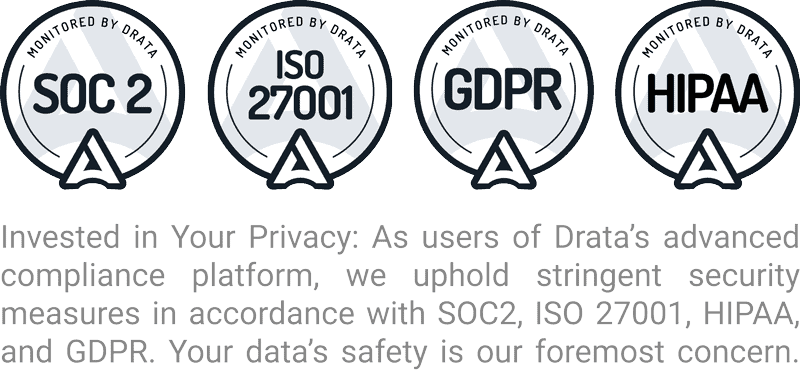9 Points to Mull Over in Your Marketing and Sales Service Level Agreement
 Want to know a great way to make your marketing automation platform more effective? Align your marketing and sales departments with a service level agreement. But what should you include in your service level agreement? Here are 9 points to consider in your marketing and sales service level agreement.
Want to know a great way to make your marketing automation platform more effective? Align your marketing and sales departments with a service level agreement. But what should you include in your service level agreement? Here are 9 points to consider in your marketing and sales service level agreement.
The key to drafting any agreement is to clearly define objectives that must be fulfilled and the responsibilities of each party. The M&S service level agreement establishes the common ground that both teams operate under. Gaining common ground effectively typically requires both departments to contribute to the agreement. Companies we’ve engaged that have implemented an SLA tell us that a service level agreement provides a useful way to hold both teams accountable for commonly-held goals.
When you’re developing a service level agreement for your company, keep these 10 points in mind. It should save you some heartache during the process.
- Define important terms. Those who will follow this agreement must understand and agree to what a term means, such as “sales qualified lead (SQL)” and “Trigger Events”. Both teams should be on the same page when it comes to, as former US President Bill Clinton put it, “what the meaning of ‘is’ is.”
- Clearly define responsibilities – what is expected from each department? The SLA should include marketing response conditions when a lead is activated and sales response when a lead is passed through.
- Provide focused metrics. You can’t draft a successful SLA without clearly defined, timely metrics for each department. Metrics should include such parameters as “marketing will add X (number) contacts to the CRM database per month” or “sales will generate X (number) SQLs per month”.
- Incorporate team benchmarks – what are the minimums? As part of metric development, each parameter should have at least 3 hurdles that each department should leap over.
- Provide an ideal lead profile (customer) profile. Both teams should agree on who you’re targeting. The service level agreement should describe ideal profiles for your market(s). Typically, the profile should include factors from both a lead’s attributes (size, location, etc.) and its online behavior (white paper download, completed form, etc.)
- Insert a lead scoring model that ranks leads as they advance through the pipeline. Take each attribute and online activity and assign it a value that both marketing and sales can agree on. For example, using ‘title’ as a parameter, you could assign a 7 each time the condition ‘sales supervisor’ is satisfied as a result of a lead selecting that title through an online form. Don’t forget to include negative scoring!
- Establish lead routing rules. Lead distribution is a key component to an effective marketing automation platform; therefore, the SLA should outline which sales team or agents will receive certain leads and how generic leads will be distributed.
- Explain the lead nurturing process. Each team should know how leads that enter the marketing pipeline will be advanced towards marketing-qualified. Though this provision will often apply to automated marketing activity, the sales department’s lead nurturing responsibilities should be defined as well.
- Determine a meeting frequency for marketing and sales alignment. Each service level agreement should establish a meeting schedule and meeting goals and objectives to make sure that both sides are on target for fulfilling their end of the agreement.
If you would like to have a free service level template delivered via email, contact a Lead Liaison Revenue Generation Specialist today.




